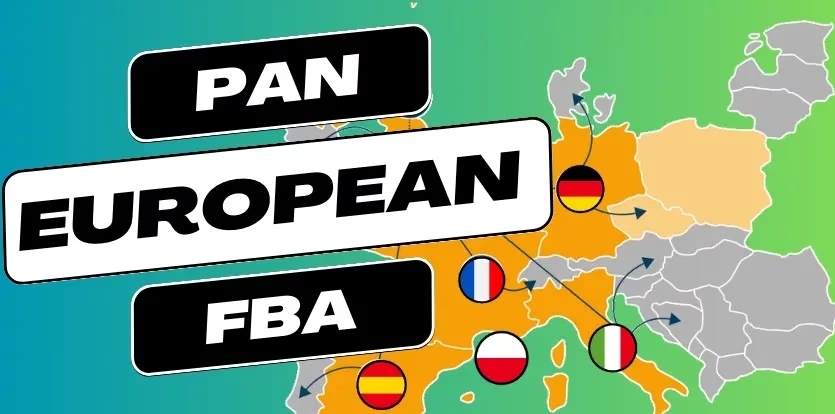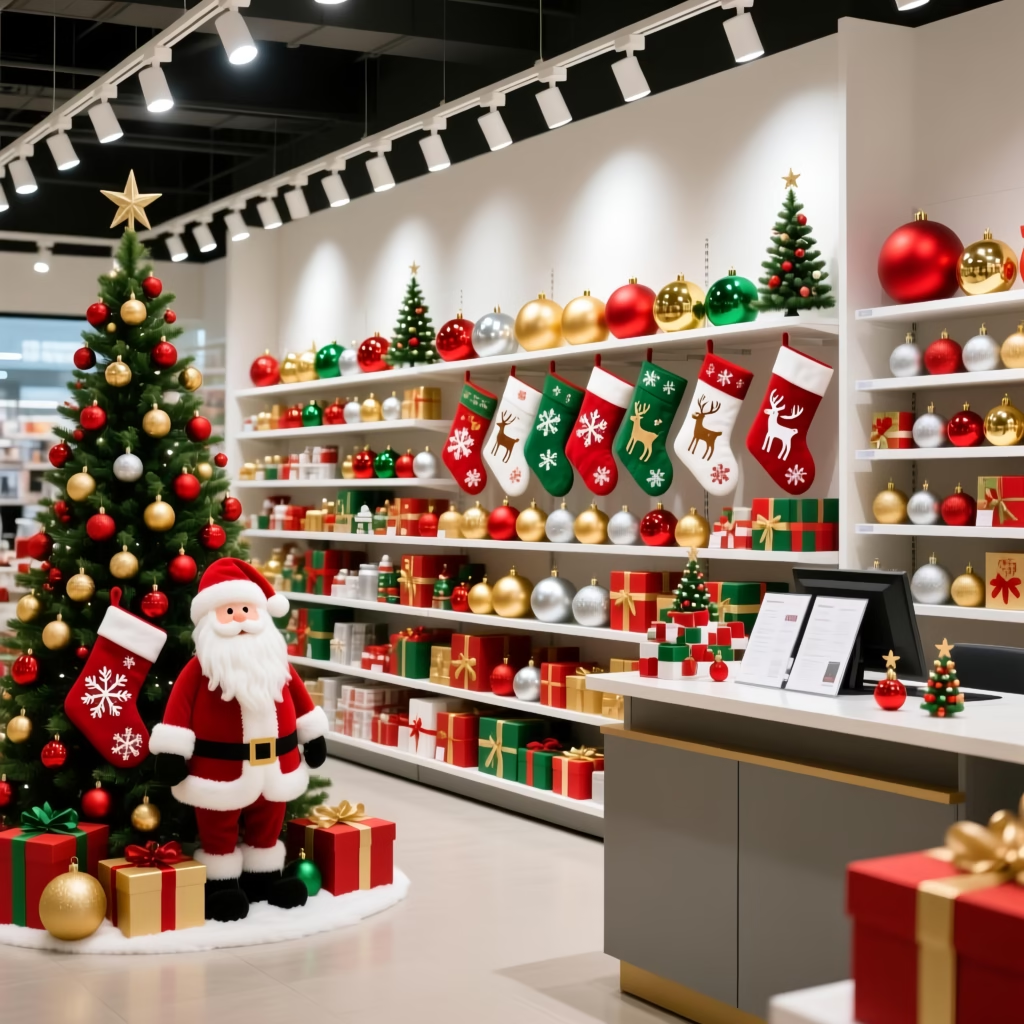EU FBA (Fulfillment by Amazon Europe) is one of the most important gateways for cross-border sellers to enter the European market. Through this service, sellers can store their products in Amazon’s European warehouses, while Amazon takes care of picking, packing, shipping, and even customer service. This not only reduces the logistical burden for sellers but also allows their products to carry the Prime badge, which significantly boosts conversion rates.
Compared with the U.S. market, Europe is far more complex. Each country has its own language, culture, and consumer habits, and sellers must also navigate VAT compliance, customs clearance, and inventory strategies. Understanding how EU FBA works is therefore essential for anyone looking to succeed in Europe.
Key Aspects of the EU FBA Guide
There are three main EU FBA models, each suitable for different stages of business growth:
- Pan-European FBA Sellers ship inventory to one Amazon warehouse, and Amazon redistributes it across Europe based on demand. This ensures fast delivery and lower shipping costs, but requires VAT registration in multiple countries.
- EFN (European Fulfilment Network) Sellers store inventory in one country, and Amazon ships cross-border to other European countries. This is ideal for beginners, though cross-border shipping fees are higher.
- MCI (Multi-Country Inventory) Sellers choose to store inventory in multiple countries, improving local delivery speed but requiring VAT registration and management in each country.
Other critical considerations include:
- VAT compliance: Sellers must register and file VAT in every country where inventory is stored.
- Product localization: Listings should be translated properly, packaging must meet EU standards, and products may require CE or RoHS certification.
- Market differences: German consumers value detailed product descriptions and warranties, French buyers expect localized customer service, while Italian shoppers lean toward fashion and lifestyle products.
Benefits and Advantages
The advantages of EU FBA are clear:
- Higher sales potential: Prime eligibility increases visibility and conversion rates.
- Lower logistics costs: Pan-EU sellers can save up to 53% on shipping fees.
- Wider market reach: One account can cover Germany, France, Spain, Italy, the Netherlands, and more—reaching over 450 million European consumers.
- Better customer experience: Local storage means faster delivery and higher satisfaction.
- Flexibility: Sellers can start with EFN and later scale to MCI or Pan-EU as their business grows.
Example: A seller who launched Pan-EU FBA from Germany saw sales increase by 30% in just six months, while cutting nearly half of their cross-border shipping costs.
Challenges and Considerations
Despite its advantages, EU FBA comes with challenges:
- VAT and tax complexity: Multiple VAT registrations increase compliance costs and administrative workload.
- Cross-border logistics and customs: Import duties, customs clearance, and VAT on imports must be carefully managed.
- Market fragmentation: Europe is not a single market—consumer behavior varies widely by country.
- Inventory management: With Pan-EU, Amazon redistributes stock automatically, so sellers must monitor inventory closely to avoid stockouts or overstocking.
- Brexit impact: The UK is no longer part of Pan-EU, so sellers must manage UK logistics and VAT separately.
Practical Applications
How can sellers apply EU FBA in practice? Here are actionable steps:
- Market Research and Product Selection Use tools like Helium 10 or AMZScout to analyze demand in each country. For example, eco-friendly home products sell well in Germany, while the UK favors electronics accessories.
- VAT Registration and Compliance Beginners can use OSS (One Stop Shop) to simplify VAT filing, but Pan-EU and MCI sellers must register in multiple countries.
- Product Localization
- Translate listings professionally (avoid direct machine translation).
- Ensure compliance with CE, RoHS, and other EU standards.
- Provide customer support in local languages.
- Logistics and Inventory Strategy
- Start with EFN to test demand.
- Transition to MCI or Pan-EU once sales stabilize to reduce costs.
- Continuous Optimization
- Monitor Amazon’s “Restock Recommendations.”
- Run Sponsored Products ads to boost visibility.
- Align promotions with local holidays (e.g., German Christmas, French summer sales).
Conclusion and Next Steps
EU FBA is a powerful way to enter the European market, but it is not a “set it and forget it” solution. Sellers must invest time and resources into VAT compliance, logistics, and localization to fully leverage its benefits.
Next steps for sellers:
- Beginners: Start with EFN to minimize complexity.
- Growing sellers: Expand to MCI or Pan-EU for broader coverage.
- Long-term players: Build a multi-country VAT compliance system and invest in brand localization.
Ultimately, EU FBA is more than just a logistics service—it is a strategic pathway to global expansion and brand building in Europe.
This guide covered EU FBA models, benefits, challenges, and practical applications. By choosing the right model, staying compliant, and localizing effectively, sellers can stand out in Europe’s competitive e-commerce landscape.
you may want to read: Door to Door Delivery from china
A Guide to China’s Top 5 Airports 2025
Soaring Through the Middle Kingdom: A Guide to China’s Top 5 Airports 2025, China’s meteoric…
The Ultimate Guide to Sourcing & Shipping Christmas Ornaments from China
The Ultimate Guide to Sourcing & Shipping Christmas Ornaments from China. The holiday season is…
Decoding Shunde: The Ultimate Guide to the World’s Appliance Capital
Decoding Shunde, If you’ve ever turned on a microwave, blended a smoothie, or adjusted your…





Pingback: Amazon FBA vs FBM